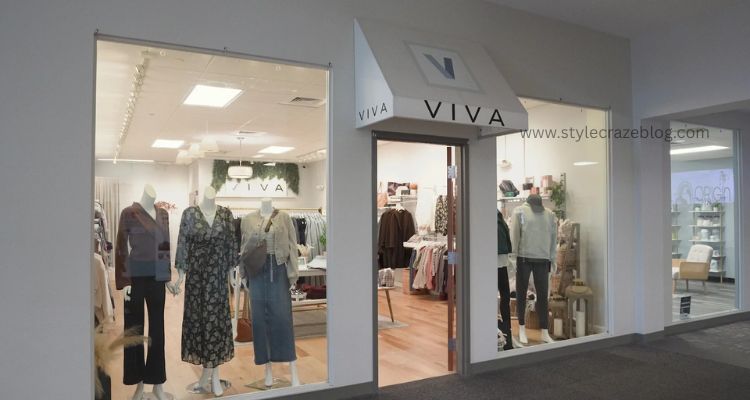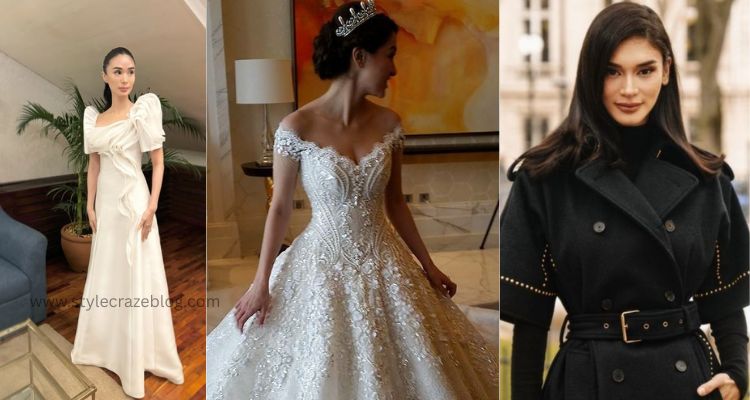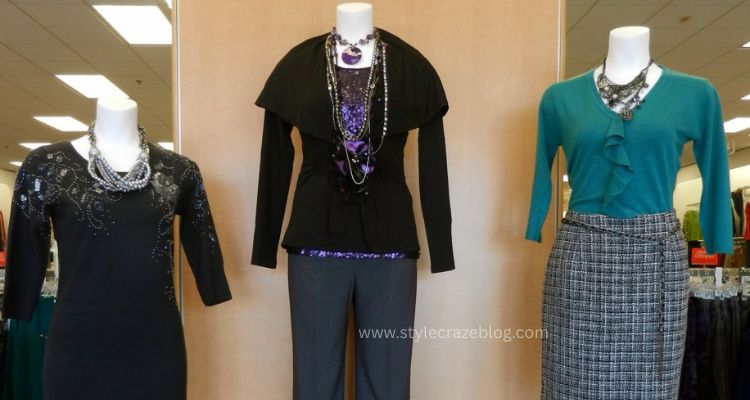When I first studied vintage clothing at a flea market, I came across a silk gown from the 1930s fashion era. The detailing was simple, yet it carried quiet elegance. That moment made me realize how deeply clothing reflects a time in history. The Great Depression shaped wardrobes, but creativity and style didn’t disappear—they simply adapted. Let’s explore the fascinating world of 1930s style together.
What Was Fashion Like in the 1930s?
So, what was fashion like in the 1930s? In one word—refined. The decade emphasized slender silhouettes. Dresses became longer and more flowing compared to the short flapper styles of the 1920s. Clothes were influenced by Hollywood glamour, with women wanting to look like stars in movies. Even ordinary people used fashion as a way to lift their spirits during hard times.
What Was the Fashion in the 1930s?
What was the fashion in the 1930s for everyday wear? Practical, neat, but always with a touch of charm. Women wore dresses that reached below the knee. Sleeves often had puff details, and waistlines returned to a natural shape. Men’s suits were broad at the shoulders with wide trousers, creating a confident silhouette. Even casual clothing carried polish, like knit sweaters and tailored slacks.
What Were the Fashion Trends in the 1930s?
Now, what were the fashion trends in the 1930s? Several trends stood out. Bias-cut dresses hugged women’s figures without being flashy. Fur collars and coats became symbols of luxury, even if many were faux or modest trims. Men leaned towards double-breasted jackets and wide lapels. Accessories mattered too—hats for both men and women were must-haves. Personally, I tried on a vintage 1930s hat once, and it immediately transported me to that era. It felt like wearing history.
1930s Women’s Fashion
When talking about 1930s women’s fashion, elegance was key. Evening gowns shimmered with satins and silks, often cut on the bias. Day dresses emphasized long lines, with subtle prints like florals or polka dots. Women highlighted femininity without excess. Gloves, handbags, and hats completed the outfits.
I often find it fascinating that despite economic struggles, 1930s women fashion still celebrated beauty. Many women sewed their own clothing, proving style doesn’t always require wealth—just creativity.
1930s Fashion Women: Hollywood Influence
The silver screen heavily shaped 1930s fashion women loved. Stars like Greta Garbo and Joan Crawford set trends. Their glamorous gowns made women dream, even during tough times. Movie wardrobes introduced padded shoulders, sleek gowns, and sophisticated hairstyles.
If you’ve ever seen an old black-and-white movie, you’ll notice how much attention was given to costumes. In fact, those designs inspired women to emulate a “movie star look” in everyday life.
1930s Mens Fashion
Let’s not forget the men. 1930s mens fashions reflected strength and confidence. Suits were the daily uniform for many. The jackets had sharp shoulders, while trousers were high-waisted and wide-legged. Suspenders were common, and vests added sophistication.
Casual menswear included knitwear, leather jackets, and fedora hats. My grandfather often told me how he admired Clark Gable’s style—especially the way he carried his suits with confidence. That shows how much film influenced both men’s and women’s wardrobes.
What Was Women’s Fashion Like in the 1930s?
To answer what was women’s fashions like in the 1930s—think understated glamour. Unlike the theatrical fashion of the 1920s, the 1930s focused on elegance and practical sophistication. Clothing balanced beauty with survival during the Depression. That makes the decade unique—it was about looking graceful without extravagance.
Final Thoughts
1930s fashions gave us a legacy of timeless style. From bias-cut dresses for women to sharp suits for men, it reflected a world searching for hope and elegance during hardship. The decade proved that clothing is never just about fabric—it’s a story, a reflection of culture, and sometimes, even a way of coping with challenges.
So, next time you see a piece from that era—maybe a 1930s women fashions dress or a classic 1930s mens fashions suit—you’ll not only admire its beauty but also remember the resilience stitched into every seam.




